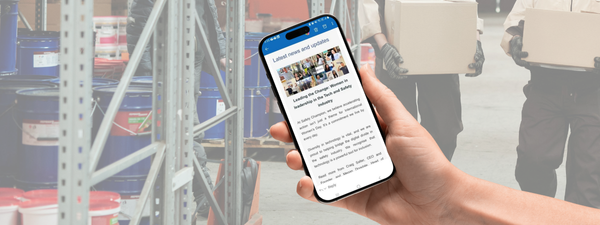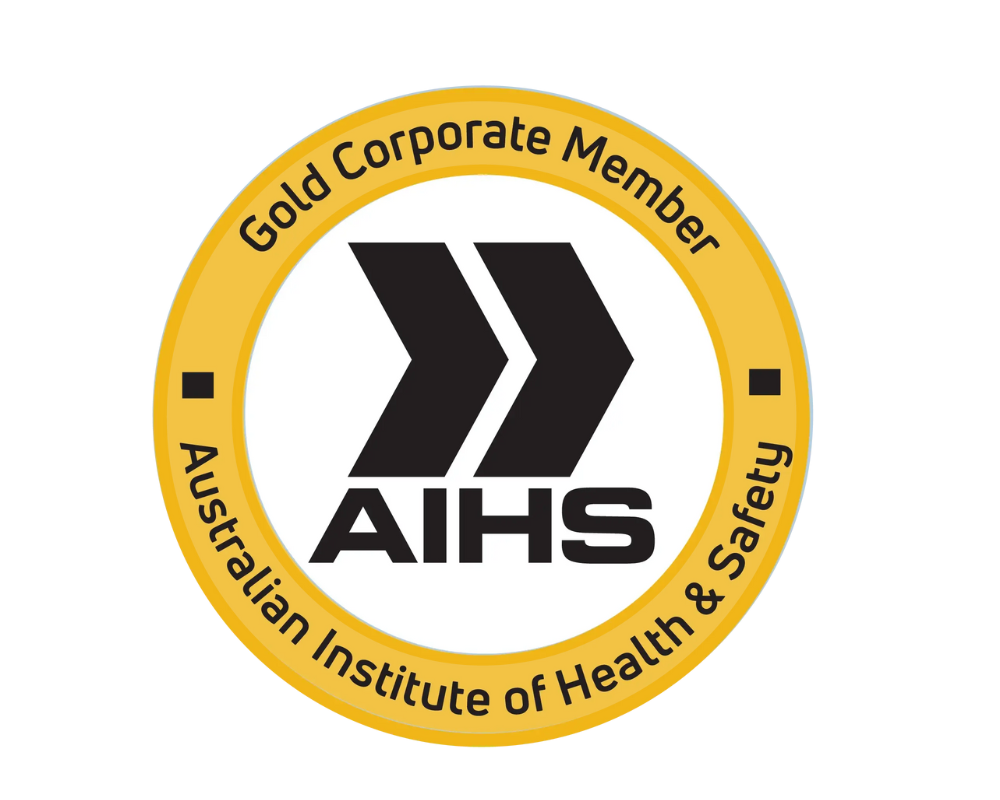If you’re a Safety Professional looking to enhance the safety outcomes of your WHS program, you’ve probably asked yourself, “Which is the leading health and safety management software?”
A quick Google search for “best safety software” will give you a long list of products, each promising to revolutionise your safety systems. But the truth is, the best solution isn’t necessarily the most popular one; it’s the one that aligns with your organisation’s needs, size, and industry.
Instead of comparing brands, let’s explore the key features that truly make a difference when selecting a health and safety management platform.
1. Security - Protecting Your Data and People
In the digital era, data protection is non-negotiable. The best safety software prioritises security at every level, ensuring your organisation’s sensitive information remains confidential and protected, from incident reports to employee records.
Here’s what to look for:
- Multi-layer security protocols: Advanced encryption, secure logins, and access control based on user roles.
- Data privacy compliance: Alignment with Australian privacy laws and international standards.
- Confidential reporting options: The ability for workers to submit reports anonymously can significantly enhance reporting culture and transparency.
- Reliable cloud infrastructure: Look for solutions hosted on trusted, compliant servers that offer regular backups and disaster recovery plans.
Strong data security not only builds trust with your workforce but also supports compliance and long-term business resilience.
A brief Case Scenario:
WorkSafe Victoria published on March 2025 that an electrical company was convicted and fined with $15,000 over unprofessional behaviour.
This case highlights a common gap in workplace safety systems: the absence of a confidential reporting mechanism.
If the company had implemented a safety management platform with a confidential reporting feature, workers could have safely raised their concerns without fear of retaliation. Early awareness might have prompted management to act sooner, address behavioural issues, and prevent reputational damage, legal consequences, and financial loss.
Confidential reporting isn’t just about compliance, it’s about creating a trusted environment where everyone feels safe to speak up, helping to protect both workers and organisations from preventable incidents.
2. Configuration - Fit for Purpose
The Best Safety Software is the one that can adapt to your unique business needs and industry. Every business faces unique safety challenges, so look for a highly configurable solution that allows you to tailor modules, workflows, and enables you to build custom forms and checklists to suit your operations.
Search for modules that can support your safety program, such as Incident Reporting, Risk Management or Hazard Management, but also confirm that the modules generate their own KPIs so you can visualise your Safety Performance on a clear dashboard or download accurate reports to support decision-making.
When evaluating configurability, consider:
- Modular design: The option to select the right features. E.g. Incident Reporting, Risk Management, Hazard Registers, or Contractor Management.
- Custom reminders: Customise notifications relevant to your business, workplace or workers. E.G. Set reminders for specific audits or be reminded upon expiry dates of your licenses.
- Data-driven insights: Built-in analytics that transform raw big data into clear, actionable KPIs and visual charts.
- Integration capabilities: Import records into the platform
A configurable platform not only adapts to your business today but evolves as your WHS program matures.
3. Usability - Easy to Adopt and Maintain
Even the most attractive safety software won’t succeed if your team can’t or won’t use it. That’s why usability is critical in determining the best safety software.
A user-friendly interface encourages easy adoption and engagement, ensures accurate reporting, and speeds up the rollout process.
When assessing usability, look for:
- Intuitive dashboards: A clean, responsive design that makes it easy to track performance and key safety metrics, without having to manipulate complex data.
- Cloud-based accessibility: Real-time updates from any location, ensuring your data is always current.
- Offline functionality: Essential for field workers or remote teams without consistent internet access.
- Comprehensive resource centre: Interactive tutorials, step-by-step guides, quick help tools for easy onboarding and a dedicated customer support team to help you thrive.
- Mobile capability: Native apps for Android and iOS that let users report incidents, complete inspections, or access documents on the go.
- Audit trails: Automatic recordkeeping to capture history, evidence, and version control for compliance.
Remember, the best software is the one your team actually enjoys using, because that’s what leads to sustained engagement and better WHS outcomes.
4. Scalability - Supporting Growth and Complexity
The best safety software scales with you. As your organisation grows, your safety program will evolve. A top-tier platform will support new sites, teams, and processes without major disruption.
Ensure the software can handle:
- Multi-site operations and complex organisational structures.
- Increasing users and data volumes.
- Custom reporting and analytics that adapt to evolving compliance standards.
- A scalable system means you’re investing in a long-term solution, not just a short-term fix.
Partnering for Success
Selecting the best safety software isn’t just about features; it’s also about ongoing support. The right vendor becomes a partner in your WHS journey, offering:
- Dedicated customer support with fast response times.
- Onboarding assistance and user training.
- Regular system updates to enhance performance and maintain compliance.
When it comes to choosing the best safety software, focus on features, flexibility, and user experience. Choosing a platform focused on security, configuration, usability, scalability, and support, will help you to drive continuous improvement and foster a strong, proactive culture of safety.
FAQ's
Start by mapping your current safety processes and identifying your biggest challenges. Then evaluate how each software option addresses those pain points through features, configuration, and usability. You can start by reviewing the main challenges in your industry here.
Absolutely. A good system centralises documentation, automates reminders for audits or training, and provides detailed records to demonstrate compliance during inspections.
Cloud-based systems are hosted online and accessible from anywhere, offering automatic updates and scalability. On-premise systems require internal servers and maintenance, often making them less flexible and more resource-consuming.















